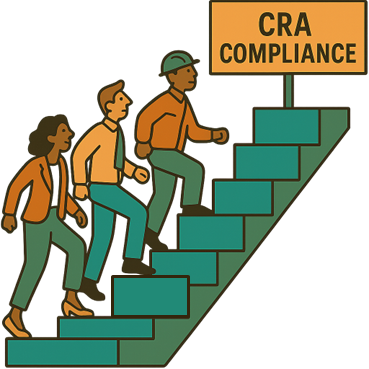Preparing CAN based Products for the EU Cyber Resilience Act (CRA)
The CRA will significantly affect all digital products, including those based on the Controller Area Network (CAN) and using protocols like CANopen. Under the CRA, manufacturers must manage and report vulnerabilities with clear severity scoring. This applies not only to newly developed products but also to products already placed on the EU market.
To support companies in this transition, Embedded Systems Academy continuously publishes white papers that address the different aspects of CAN security and CRA compliance. Currently three papers are published at:
https://www.esacademy.com/en/library/security-white-papers.html
The first, Security Justification for Classical CAN Systems (EmSA-WP-101), explains under which circumstances lightweight or non-cryptographic measures can be sufficient. It shows how techniques like physical access control and event monitoring can provide compliance where full cryptography is impractical. The paper maps these measures against IEC 62443, BSI TR-02102 and CRA requirements and presents structured arguments that auditors can follow.
The second, Interface Driven Security Evaluation for Sensors (EmSA-WP-102), analyses how the choice of sensor interfaces, from memory bus and SPI/I²C to CAN, changes the security evaluation. The central message is that risk depends more on the exposure of the interface than on the protocol itself. Deeply embedded CAN systems may be sufficiently secure. But exposed systems, such as wiring accessible behind easily opened panels, often require additional mitigations. Methods could be as simple as timing checks but also involve cryptography like an authenticated heartbeat. The paper aligns these evaluations with IEC 62443, ISO/IEC 27005 and CRA expectations.
The third, Common Vulnerability Scoring System (CVSS) for CAN (EmSA-WP-103), provides guidance on applying CVSS v4.0 to CAN devices. Because CRA requires vulnerabilities to be reported with standardized severity scores, this paper adapts the CVSS methodology to include CAN-specific considerations. It explains how confidentiality, integrity and availability impacts should be assessed at both node and system levels. It demonstrates how measures such as event monitoring or cryptographic authentication can reduce scores from high to low risk.
These papers are a practical toolkit for organizations producing CAN nodes or machinery using CAN systems. By adopting these approaches now, companies can prepare for the CRA with confidence and ensure that their products remain secure and compliant.
 Deutsch
Deutsch English
English

 Learn about our current product range for embedded systems
Learn about our current product range for embedded systems


 Embedded Networking with CAN and CANopen. Your technology guide for implementing CANopen devices.
Embedded Networking with CAN and CANopen. Your technology guide for implementing CANopen devices. Implementing scalable CAN security. Authentication and encryption for higher layer protocols, CAN and CAN-FD
Implementing scalable CAN security. Authentication and encryption for higher layer protocols, CAN and CAN-FD